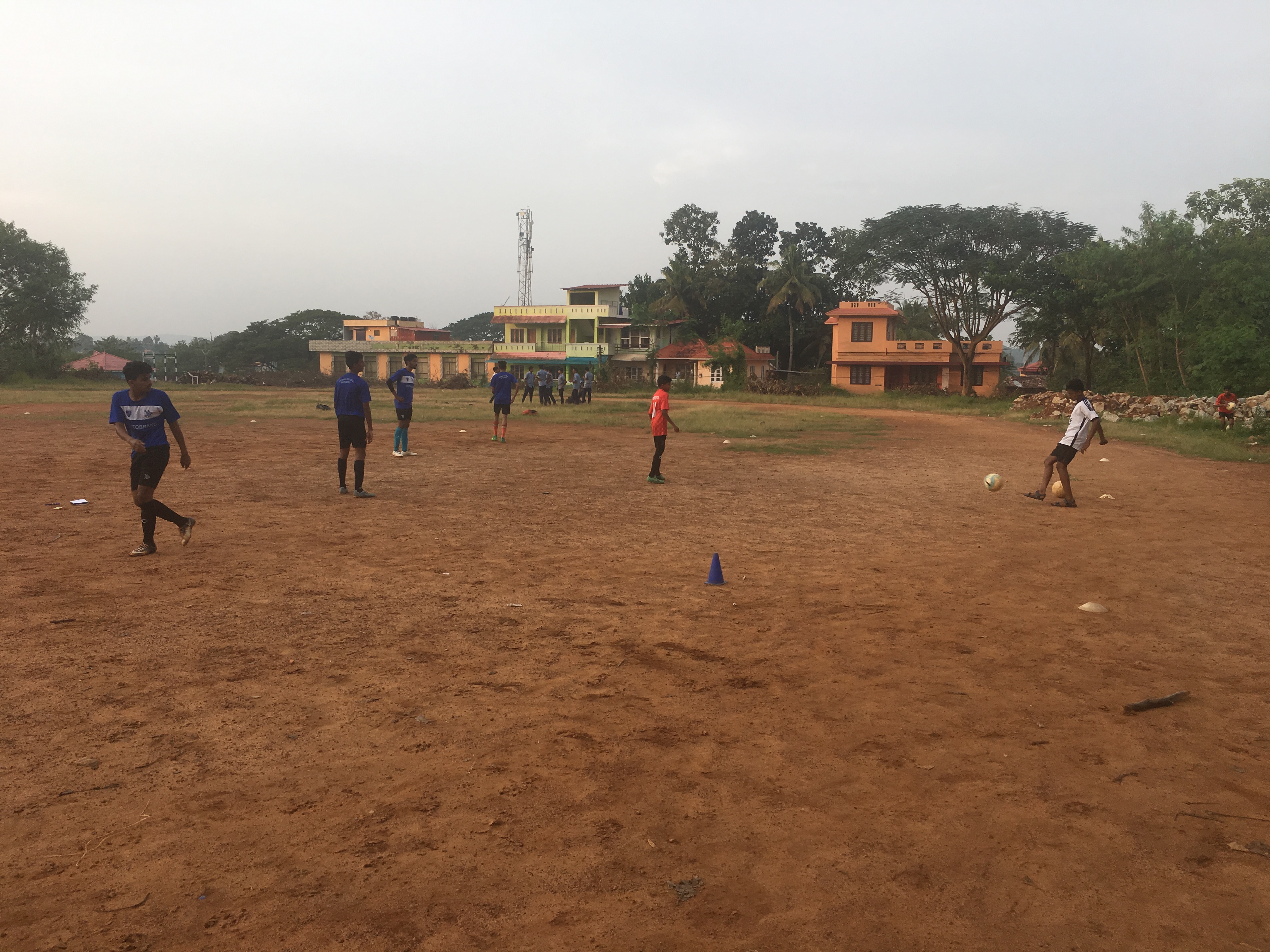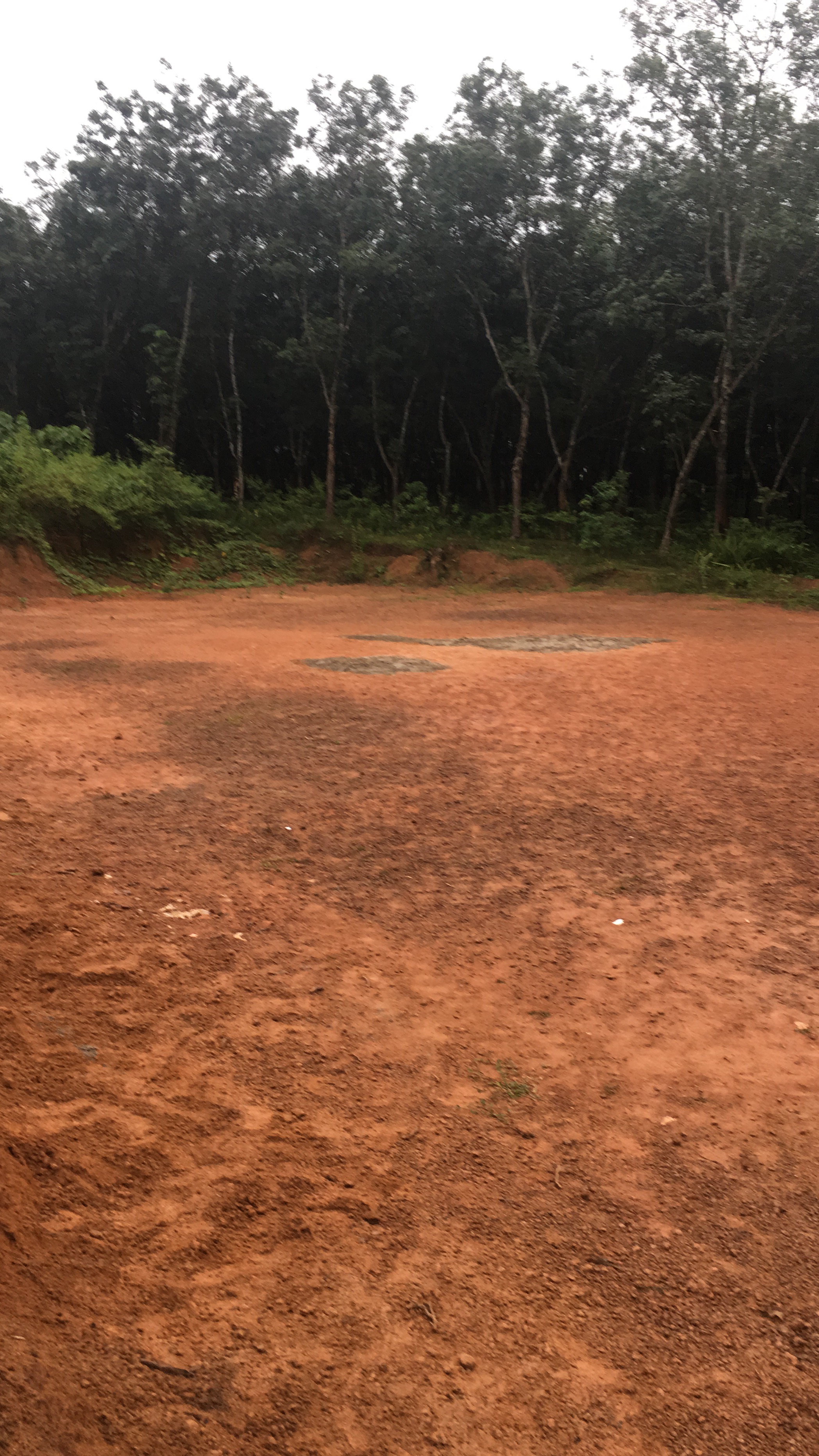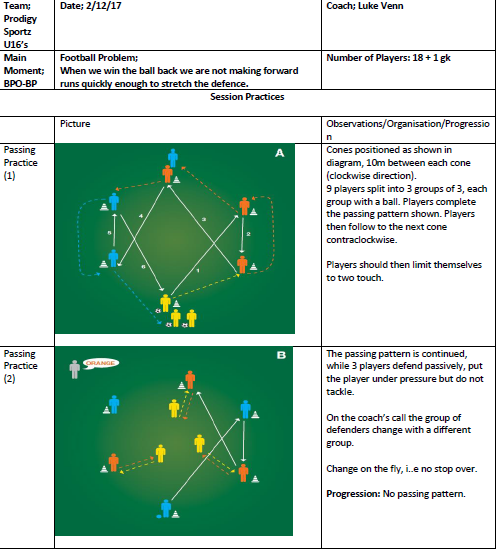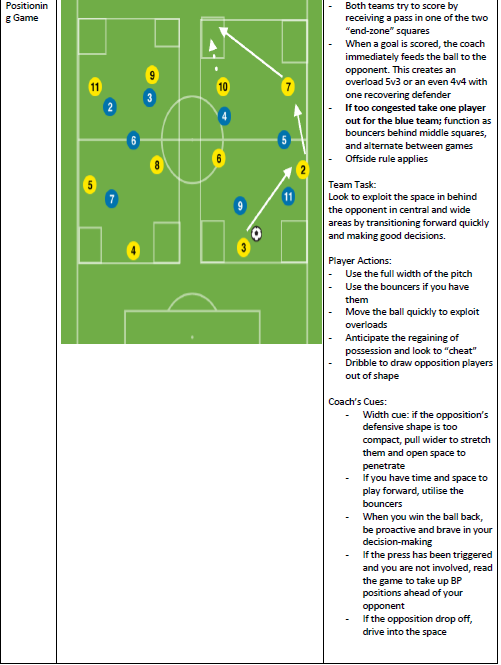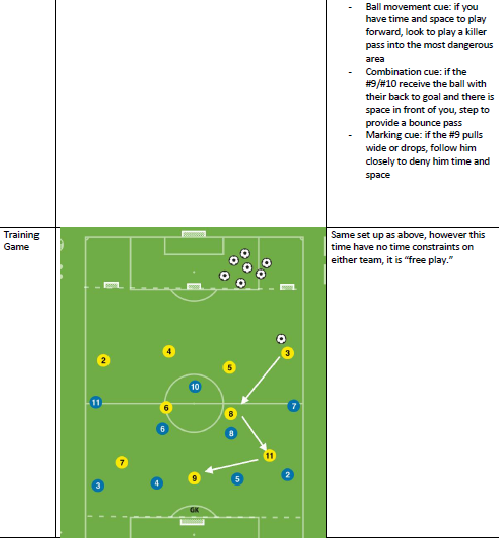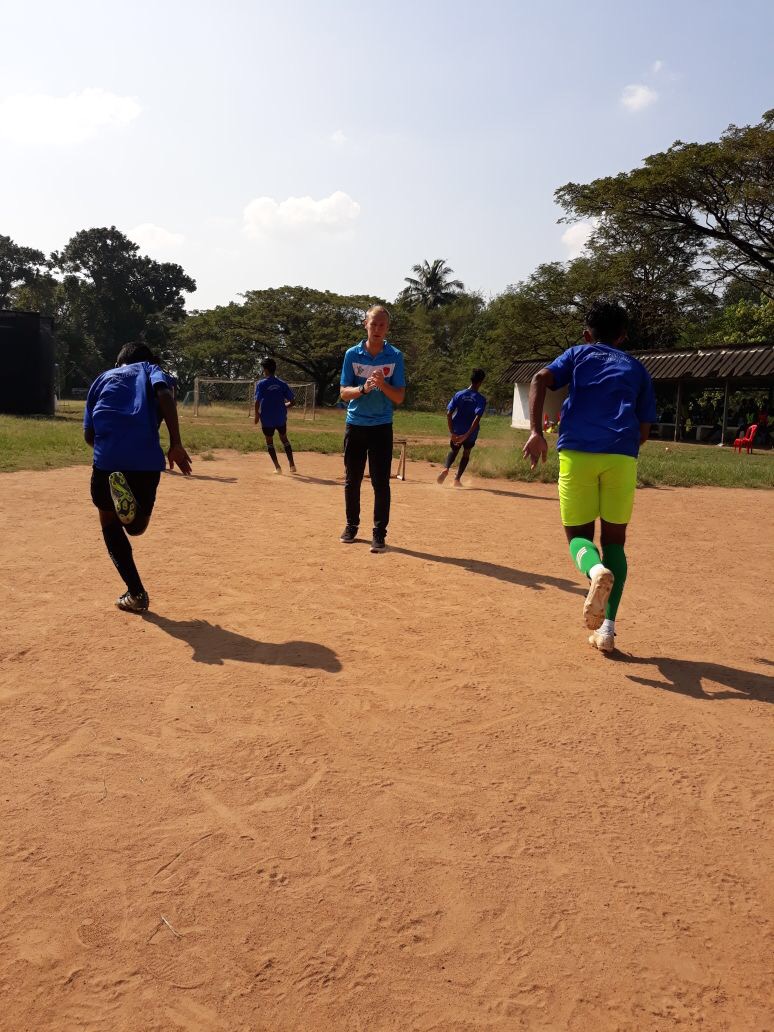Plan, do, review is one of the cornerstones of the English FA’s coaching frameworks. The rough outline of plan, do, review is that you take a fixture and break it down the match week into 3 parts.
- Plan: Analyze the opponent and plan a tactical strategy of how to beat the opponent, this strategy should inform some of the weekly training.
- Do: This is the game itself, the game plan and strategy is reinforced before the game and during half time with the aim of getting the three points.
- Review: Here the performance is reviewed and whether key aims and targets within the game were hit.
Plan, do, review is a pretty snappy phrase. It rolls off the tongue, and you can hear coaches up and down the land mentioning it some way or another.
Personally, I have some problems with this moniker.
First, is it that realistic, as coaches, we are taught to develop our game models and playing styles, but plan, do, review, suggests that strategy should be adapted for each match. Naturally, I agree that the personnel and style change slightly from game to game, but if you can get really good at Plan A, you should continue to do plan A and impose your game on the other team.
Secondly, in our periodisation, where would this go? If we stick broadly to a coaching syllabus, we will often take one or two sessions a week to prepare for a game. In our situation, it is harder to train specifically for each game without foregoing sessions dedicated to our game model.
Having spent some time on my game model that I would like to bring to life in the game, I have found that as a semi-professional team in Taiwan, we do not quite have the buy-in to build this model up from the ground. The commitment and willingness to train is lacking and having one or two sessions a week was not really enough to get the learning in that the players need.
We started the season poorly. From our first round of fixtures, we suffered, played 7, drew 2, lost 5. We were second bottom going into the second round of fixtures and our first game was against the best team in the league. We were turned over 11-0. I sat the players down at the end of the game. I explained that if they don’t train, don’t adhere to the team norms, and don’t show any desire to compete, it shouldn’t be shocking they lose games 11-0. Of course, I can conduct myself better, and the disparity in opportunities here in Taiwan is stark. The three teams at the top of the league train full time and have curated squads full of local talent. We are a slap-dash Sunday league team who train once a week – the barriers in Taiwan are plentiful…But if we set a meet team, that is when we aim to meet, players waltzing into the ground 30 minutes before kick-off is frankly unacceptable.
The next game was the biggest game for us. We needed a win. I decided to go down a more, review, plan do route.
First, I watched their video of the last two games, a win and a loss. In both games, they played the same system, a 3-5-2. In the second game, which they won, they played a team we outplayed (but unfortunately lost). I decided to cut this game up and highlight areas I thought we could hurt them.

With the 3-5-2 they played, I noticed they had a lot of space around either wide player, one of them I knew from coaching and was aware he wasn’t really a wing-back. Having watched the video and seen where they got joy, I ummed and ahhed over changing the shape to a 3-4-3. After much deliberation, I decided this was the best thing to do.
I’m not going to pretend I am a tactical genius by any stretch of the imagination, but the reason we moved to the 3-4-3 presented themselves pretty clearly.
- We had 3 CB’s against their two FWD’s, leaving us always with an extra man.
- Our two 6’s can occupy their 10 and play between their midfiled lines (in the video the space seemed big enough for our two best passers to play in).
- Our front three could play 1v1 against their front 3, and asking our wing backs to push on would give us an overload.
- If we had quick ball we could potentially have 3v1 down the side (outside centre back, wing back and free 10).

Having decided this was the best way to play against them, I set about organising a training session to try and practice this. Having only one session a week makes it difficult to fully embed principles, but before training, I sent all the players the above video with a few questions to make them think a little about how we would go about playing. The whole session was based on getting the ball wide quickly and then moving it diagonally quickly. We did this in two main ways.
First, we set up a 7v7 possession game. We functioned this as a warm-up and also as the main possession theme for the session. One thing I have taken from my full-time teaching job into my coaching is scaffolding and how slower can be better than rushing through things quickly.
We started this game as a warm-up. Teams worked against each other to play the ball into the end zone to a teammate. We initially started playing as a handball game (unable to move your feet if you have the ball in your hands). After a 5-minute game and some dynamic stretching, we moved to the next progression.
If a player pulled into either of the wide boxes and provided an assist the goal was worth 3. We kept the ball in the hands for 5 more minutes for players to fully understand the tasks. Here I gave a lot of positive reinforcement to players who recognised a teammate moving towards a box and then providing a run-in behind.
Finally, we dropped the ball to the feet and played two versions of this game for 10 minutes each. In the first version, players could be passed directly in the end zone and in the second version the end zone functioned as an offside line, getting players to time their run and pass to get in behind.
The session design of this did a lot of the coaching for me here and the players seemed to enjoy the challenges that were set; prefacing everything with the video, I cut answered the players “Why?” before they had the chance to ask it and intensity was good throughout.
Next, we entered a 40 minute period where we first set up a 3 man defence and two holders to play against an attack. My intention was to work with the attackers here. But the defence got an opportunity to play as a back 3 with a sitting 2 in front.
I took the attackers through 2 x 8 minute period where we played our normal shape and asked players for feedback after each 8-minute block. Playing our narrow 4-3-1-2, the players said it was challenging to play forward quickly and the spaces were too cramped for third man runs. Playing our 4-3-3, the striker said he felt too isolated, and the two 8’s found it hard to attack the half-spaces.
This fed nicely into trying a 4-3, the instructions were to try and make a 2v1 against either outside centre back. We immediately had joy with the wing-backs having space to pick out crosses and the opposite wing-back attacking the back post (a bit Reece James/Ben Chilwell). We also found that the two 6’s could move the ball side to side quickly. The two free 10’s could attack diagonally off the back of the centre-halves and we created more chances this way.
So far, I had reviewed our performance, reviewed the opposition’s performance and had planned how to overcome the opposition, the last phase of the process is to implement it in the game. Honestly, I was quite nervous sticking to my guns here, we had played with a back four and midfield three all season. This game was a must-win, if we lost we would be consigned to relegation play-offs which we wanted to avoid at all cost. Prior to the game I explained the plan to the team, and put in a contingency, explained to the players we were starting in 3-4-3 but would be able to switch to 4-3-3 if things weren’t working out.
The game was pretty attritional in truth. In the first half we were probably a little bit off it, but at the drinks break, I felt that we were starting to find more spaces around their back 3. It seemed that we had more individual quality to win the one vs ones on the pitch and our front 3 were starting to rotate a little more. We had a few problems building out from the back in the first half so in the second half we asked the players to play directly into the spaces we identified.
This came off and we got two goals in the second half, they scored late to make it a bit nervous in the last few minutes but we held on to get our first win of the season.
Since then we won our second game and things looked rosy. However this weekend things took a turn again, and it is looking like we are going to need two more wins before the end of the season to guarantee our place in the division again next season.
Reflection
- I really enjoyed analysing the opposition and cutting the video for my team to watch. Realistcally cutting fifteen minutes of footage is too long. I would like to cut the video and send it to the relevant players.
- Moving away from our game model from time to time is okay and in the current situation of the team it may be more beneficial being more pragmatic.
- I would like to do this for every game but time constraints with a full time job can make this quite hard!
- Players like to learn from a vareity of methods, some players really appreciated the video and some couldn’t care less.







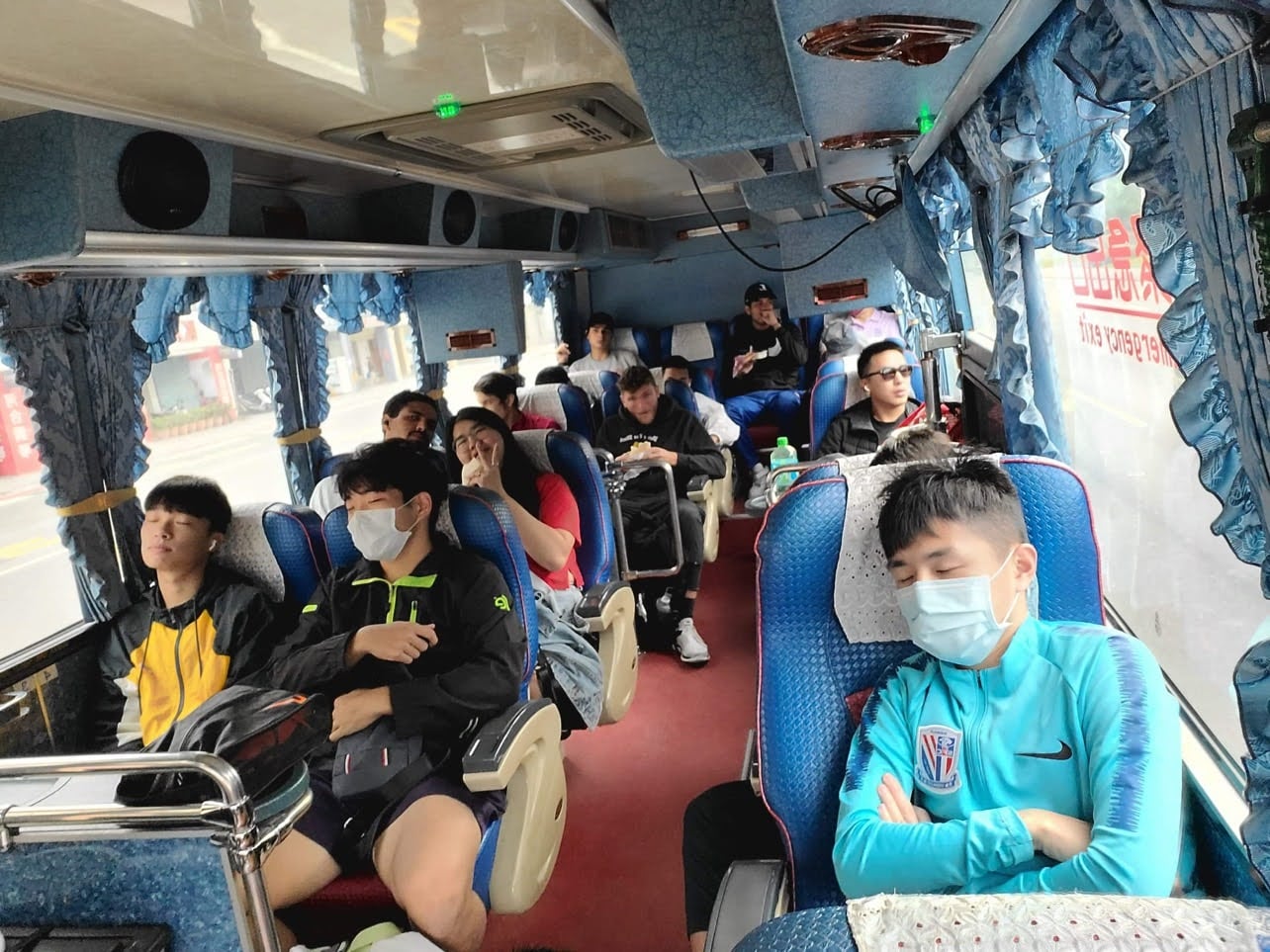
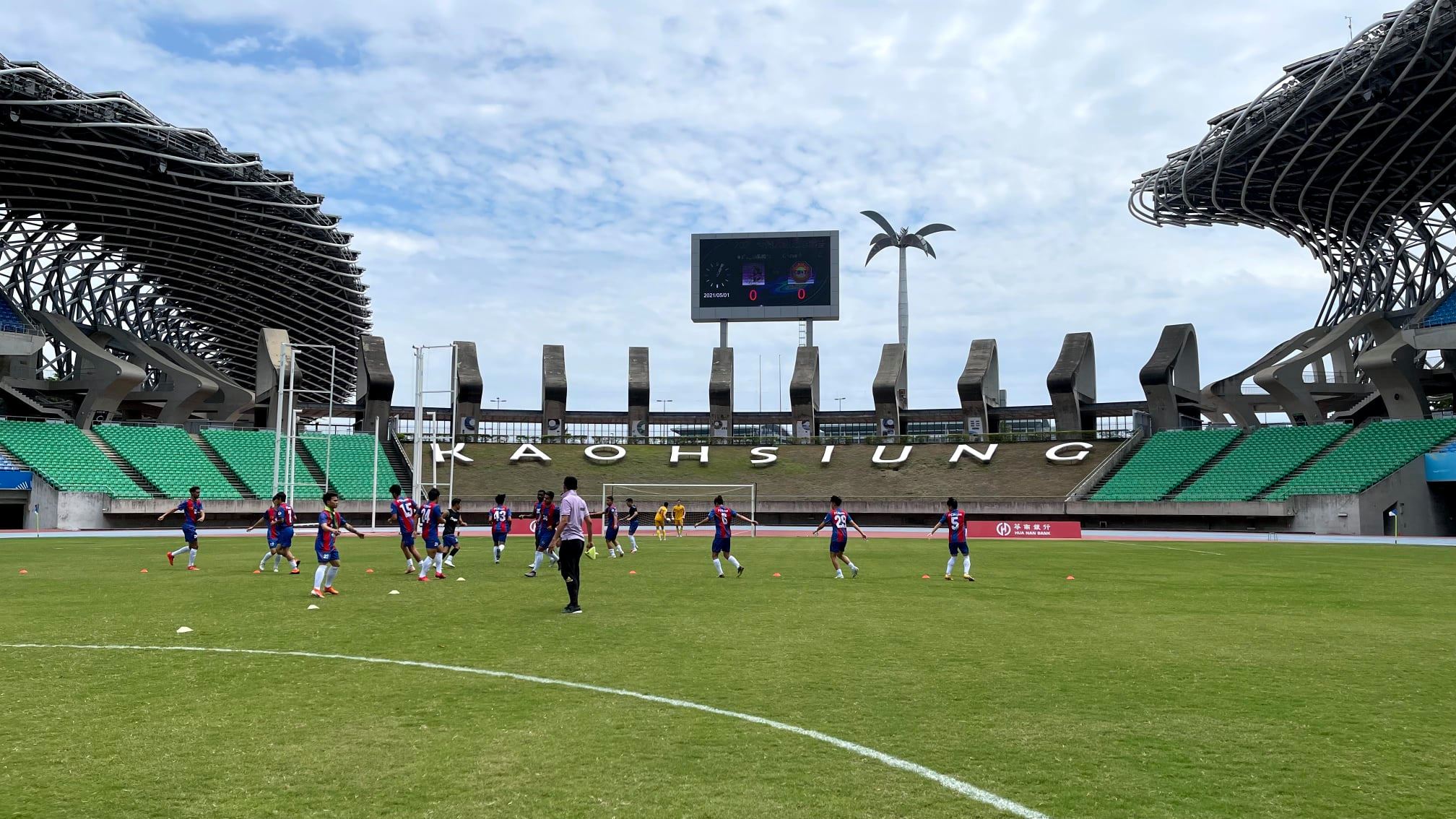
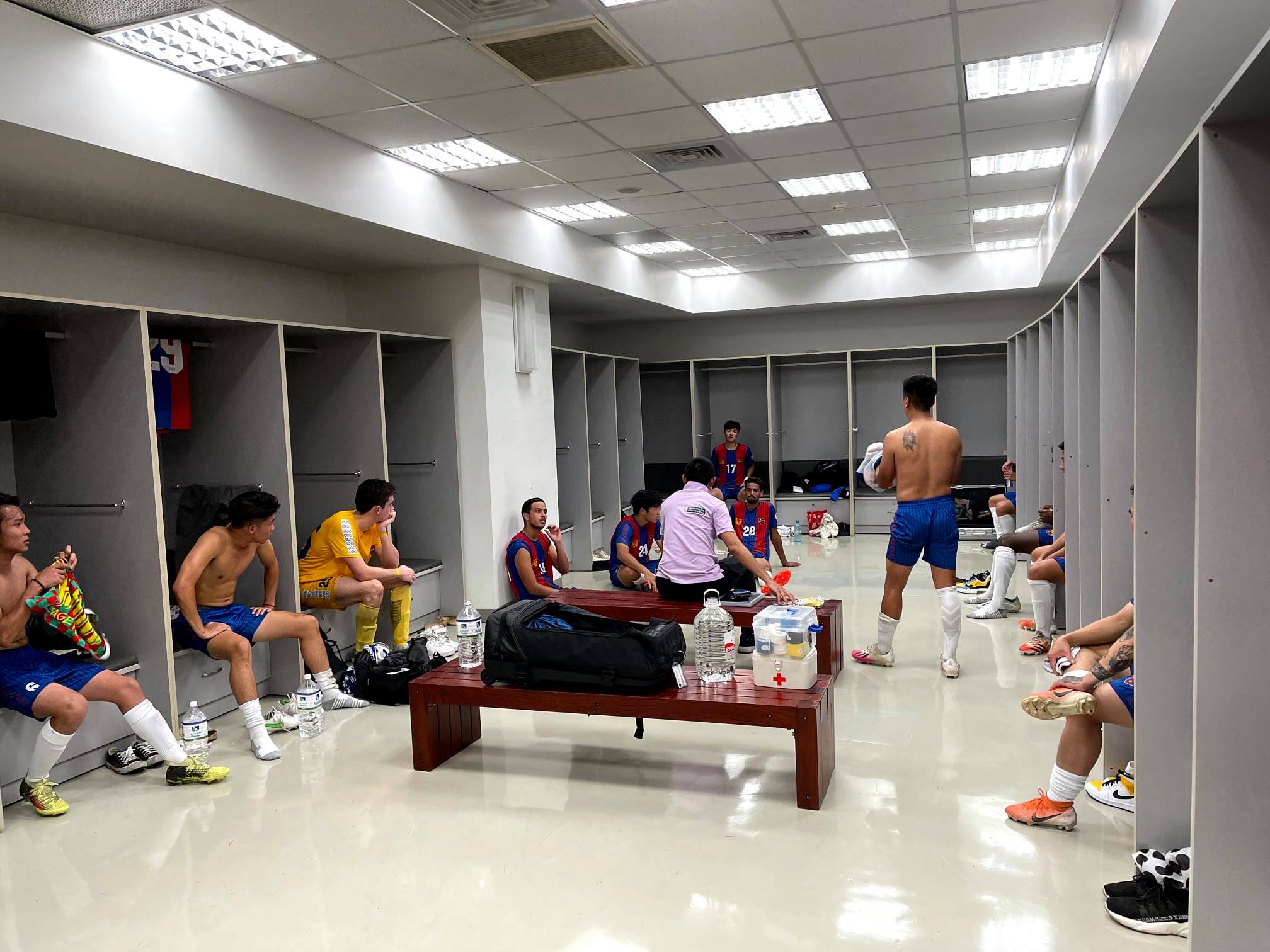















 During my below average non-descript playing career I was a relatively vocal player, normally in the referees ear during the game and trying to psych out opposition by telling them I liked their boots or something to that effect. As a coach it is significantly more important to control your emotions. If you are losing your shit on the side-lines, it gives your team an excuse to lose their shit on the pitch. One of my major character flaws both within football and away from the pitch, is my trademark over emotional knee jerk reactions to a situation that hasn’t quite gone how I expected, I can become petulant, nasty, childish and lose the ability to reason, these are all traits that need to be worked on and are traits that are not conducive to succeeding as a youth football coach.
During my below average non-descript playing career I was a relatively vocal player, normally in the referees ear during the game and trying to psych out opposition by telling them I liked their boots or something to that effect. As a coach it is significantly more important to control your emotions. If you are losing your shit on the side-lines, it gives your team an excuse to lose their shit on the pitch. One of my major character flaws both within football and away from the pitch, is my trademark over emotional knee jerk reactions to a situation that hasn’t quite gone how I expected, I can become petulant, nasty, childish and lose the ability to reason, these are all traits that need to be worked on and are traits that are not conducive to succeeding as a youth football coach.  We went into the Semi-final as underdogs, we were playing at the opponent’s home ground and it seemed they had brought the majority of the school to cheer them on. During the game we had a game plan, and within 5-10 minutes the game plan had gone out the window, I had lost emotional control and was shouting at every single player, trying to control them like PlayStation players. I think this was probably a mixture of the cauldron like atmosphere and the emotion got the better of me early on, luckily, I caught myself and calmed down for the duration of the half.
We went into the Semi-final as underdogs, we were playing at the opponent’s home ground and it seemed they had brought the majority of the school to cheer them on. During the game we had a game plan, and within 5-10 minutes the game plan had gone out the window, I had lost emotional control and was shouting at every single player, trying to control them like PlayStation players. I think this was probably a mixture of the cauldron like atmosphere and the emotion got the better of me early on, luckily, I caught myself and calmed down for the duration of the half.  However, as the old adage goes, you need to play to the whistle, and right on the stroke of half time we conceded, which was a real sickener, we had recovered well from our poor start in the first half and to switch off moments before the break is real school boy stuff. Players came into the break devastated, and I was devastated too. My role within the group dictates that I cannot let the boys see how the goal had affected me and I had to G them up for the second period, I think I handled this quite well. I made one large tactical shift in the second half, we abandoned the 4-2-3-1 formation the team has used throughout the season and on a whim, we change to 4-3-1-2, the idea behind this being to control possession centrally higher up the pitch as neither teams were really making full use of the pitch. This is a change I thought of on the fly, and one we hadn’t trained, it made me slightly apprehensive to ask the players to change to a completely new system on such short notice. The players took to the changes quickly and we dominated the second half. Again I was impressed by how quickly and independently the players took on board my messages, which is a good sign moving forward.
However, as the old adage goes, you need to play to the whistle, and right on the stroke of half time we conceded, which was a real sickener, we had recovered well from our poor start in the first half and to switch off moments before the break is real school boy stuff. Players came into the break devastated, and I was devastated too. My role within the group dictates that I cannot let the boys see how the goal had affected me and I had to G them up for the second period, I think I handled this quite well. I made one large tactical shift in the second half, we abandoned the 4-2-3-1 formation the team has used throughout the season and on a whim, we change to 4-3-1-2, the idea behind this being to control possession centrally higher up the pitch as neither teams were really making full use of the pitch. This is a change I thought of on the fly, and one we hadn’t trained, it made me slightly apprehensive to ask the players to change to a completely new system on such short notice. The players took to the changes quickly and we dominated the second half. Again I was impressed by how quickly and independently the players took on board my messages, which is a good sign moving forward. 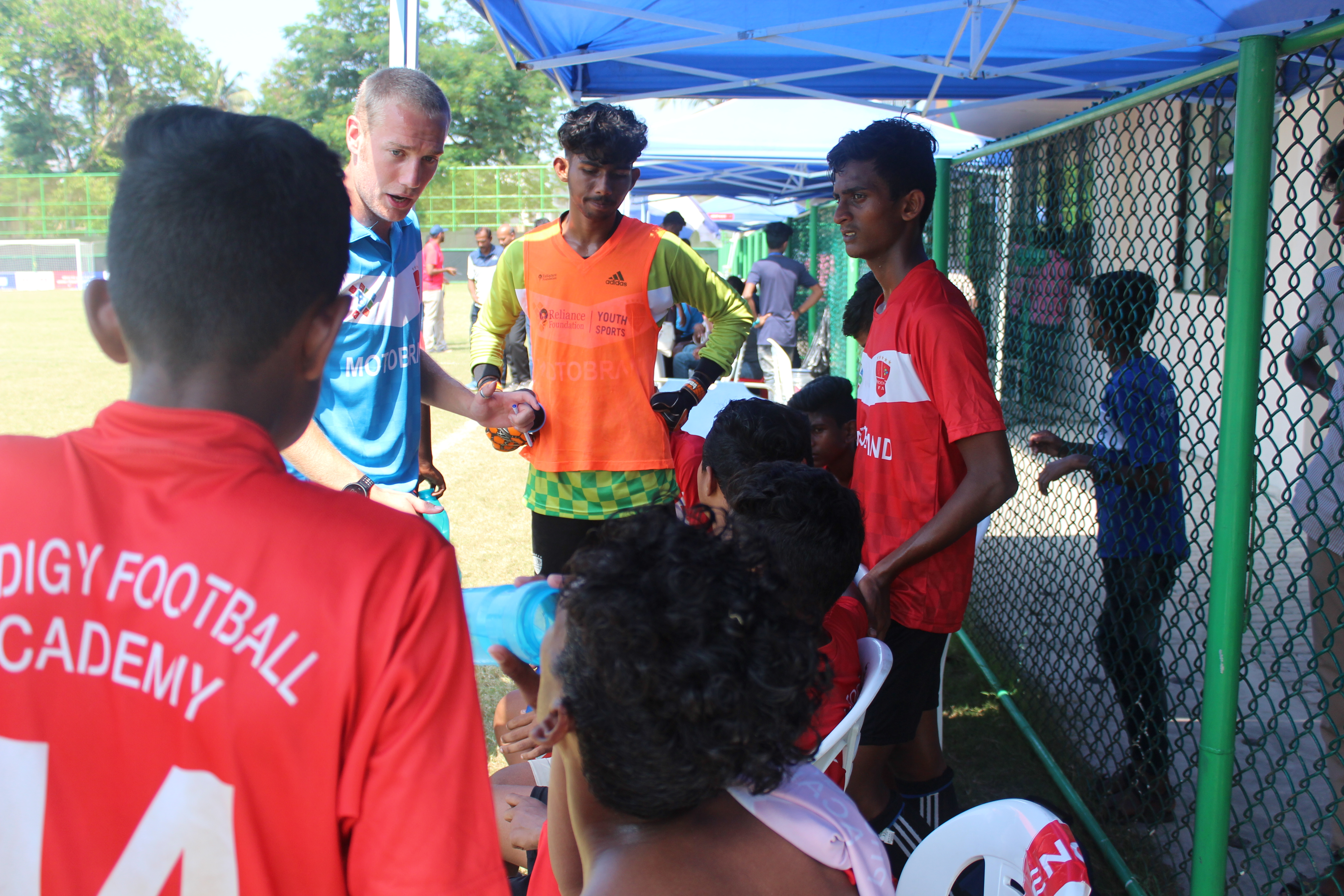 With a few minutes to go there was an interesting refereeing decision where he sent off the opposition goalkeeper (fast forward to 1:17:00 to see the madness.)
With a few minutes to go there was an interesting refereeing decision where he sent off the opposition goalkeeper (fast forward to 1:17:00 to see the madness.)
